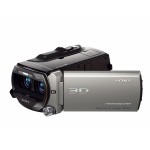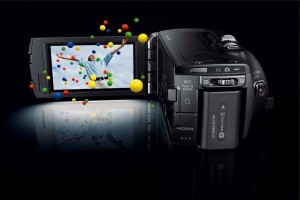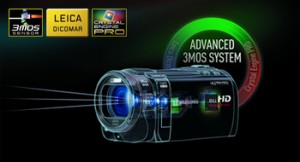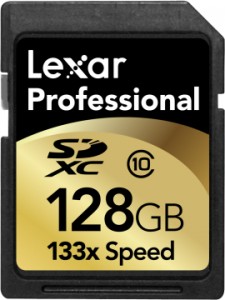Camcorder Buying Guide – Saving Moving Memories
 As the days get shorter and the weather gets colder, it’s the start of a very special time of year: the holidays. Families reunite from across the globe for feasting and of course present sharing. You also get things like the first snow of the year, baby’s first Christmas, or the countdown on New Year’s. There’s no better way to remember the holidays than a handy camcorder, and of course alaTest has all of the helpful details in case you’re considering buying one.
As the days get shorter and the weather gets colder, it’s the start of a very special time of year: the holidays. Families reunite from across the globe for feasting and of course present sharing. You also get things like the first snow of the year, baby’s first Christmas, or the countdown on New Year’s. There’s no better way to remember the holidays than a handy camcorder, and of course alaTest has all of the helpful details in case you’re considering buying one.
Any worthwhile digital camcorder these days is capable of recording in HD, most in 1080p resultion, but that’s only part of the story. A good camcorder features 1080/60p recording, meaning a 1080p resolution at 60 frames per second. 3D recording is even an option now; however, you shouldn’t consider it a deciding factor. Image sensor size is also something to consider. A 1/4-inch is a popular choice, and many camcorders, like the Sony HDR-TD10 and Panasonic HDC-HS900, use a group of ¼-inch sensors for a better image. It’s best not to go any smaller than 1/6-inch in sensor size.
LCD Screen and Viewfinder
 As the primary method to view your subject through the camera, the LCD screen and viewfinder are important features to consider. LCD screens vary in size, and while large screens look much better, they also use much more power. When battery life is key, a viewfinder is useful option. Touchscreens can also be useful, especially on cameras with many features. When buying a camera without a viewfinder, make sure the screen performs well in sunlight and other bright conditions.
As the primary method to view your subject through the camera, the LCD screen and viewfinder are important features to consider. LCD screens vary in size, and while large screens look much better, they also use much more power. When battery life is key, a viewfinder is useful option. Touchscreens can also be useful, especially on cameras with many features. When buying a camera without a viewfinder, make sure the screen performs well in sunlight and other bright conditions.
Zoom (Optical vs. Digital)
As a general rule of thumb, optical zoom is much more desirable over digital zoom, though it doesn’t mean you can’t have both. For casual filming, a 10x optical zoom is generally sufficient. Camcorders with 50x zoom and greater are available, but without a tripod or steady cam rigging, it just isn’t practical.
Image Stabilization
Some form of image stabilization is absolutely necessary for a digital camcorder. Typically optical image stabilization (OIS) is preferred over electronic (EIS). OIS counters vibrations and movement naturally within the lens, while EIS attempts to detect vibration by processing the image itself and then correcting for it. The EIS method doesn’t always detect motion correctly; however, it’s far better than having no stabilization at all and simply trying to hold your hand as still as possible.
Camcorders use a wide array of storage types, from Mini DVDs to SD cards. It’s best to stay away from any storage formats that involve moving parts, such as disks or digital tapes. Most modern camcorders use some form of flash memory, such as Compact Flash, SD cards, or internal storage. Ideally, you’ll want a camcorder that is compatible with SDXC cards. This will allow you to use standard SD cards, SDHC cards, and SDXC cards (currently up to 128GB). Full 1080/60p will typically require anywhere from 2GB to 6GB per hour of video.
With all of these features in mind, here are a few of alaTest’s top ranked digital camcorders:
Sony HDR-TD10 – Perfect for 3D enthusiasts (features dual ¼” image sensors and lenses and 3D LCD display).
Panasonic HDC-HS900 – Full-featured camcorder that excels in nearly all lighting conditions. 3D capable as well.
Canon Legria HF M41 – Feature rich and affordable, it too shoots very well in adverse lighting conditions.
Samsung HMX-Q10 – A very affordable entry-level camcorder. It features only 1080i recording and lacks many features, but still a good value.
Panasonic HDC-SD80 – A middle ground between entry-level and mid-end camcorders, it’s a little pricier, but offers features not found in other entry-level camcorders.




Totally agree with you, those are very important aspects or should i say prime factors to consider before buying a new camcorder. Video resolution, zooming and image stabilization are very important to me, without one of this 3 main factors we will miss the beauty of video shooting.